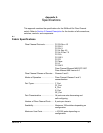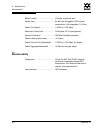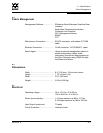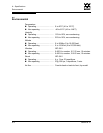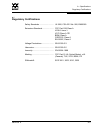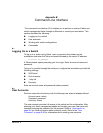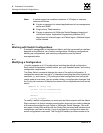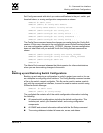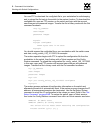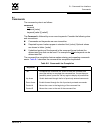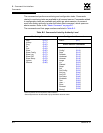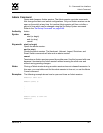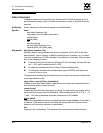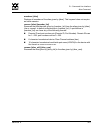
B – Command Line Interface
Working with Switch Configurations
B-2 59042-06 A
0
B.3
Working with Switch Configurations
Successful management of switches and fabrics with the command line interface
depends on the effective use of switch configurations. Modifying configurations,
backing up configurations, and restoring configurations are key switch
management tasks.
B.3.1
Modifying a Configuration
A switch supports up to 10 configurations including the default configuration.
Each switch configuration contains switch, port, port threshold alarm, and zoning
configuration components.
The Show Switch command displays the name of the active configuration. A
configuration name can have up to 31 characters excluding the pound symbol (#),
semicolon (;), and comma (,). By editing the latest configuration and saving the
results under a new name, you can create a history of configuration changes. Use
the Config List command to display the names of the configurations stored on the
switch
SANbox2 #> config list
Current list of configurations
------------------------------
default
config_10132003
To modify a switch configuration you must open an Admin session with the Admin
Start command. An Admin session prevents other accounts from making changes
at the same time either through Telnet or SANsurfer Switch Manager. You must
also open a Config Edit session with the Config Edit command and indicate which
configuration you want to modify. If you do not specify a configuration name the
active configuration is assumed. The Config Edit session provides access to the
Note: A switch supports a combined maximum of 19 logins or sessions
reserved as follows:
4 logins or sessions for internal applications such as management
server and SNMP
9 high priority Telnet sessions
6 logins or sessions for SANsurfer Switch Manager inband and
out-of-band logins, Application Programming Interface (API)
inband and out-of-band logins, and Telnet logins. Additional logins
will be refused.




